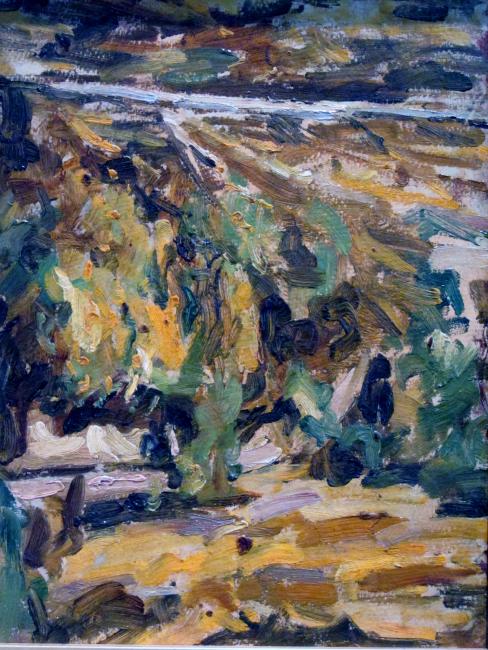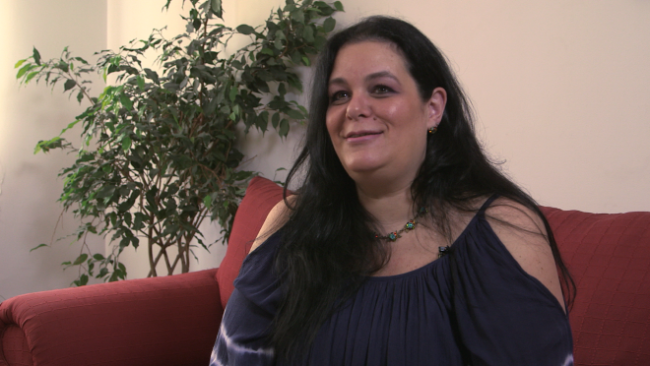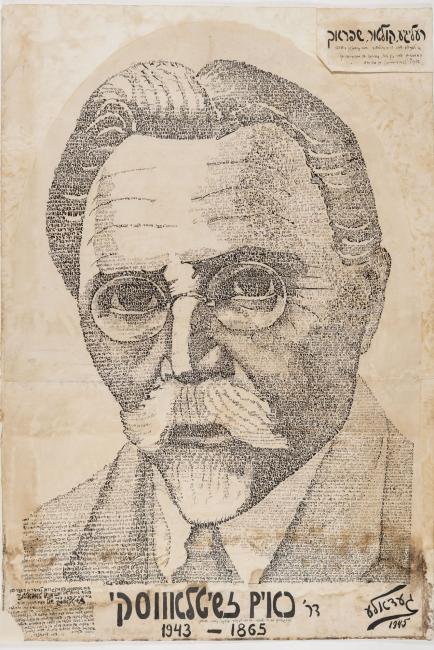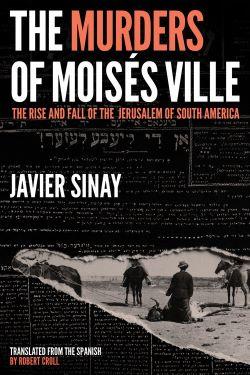Weekly Reader: Yiddish in the South
Yiddish, linguistically speaking, is a “fusion” language: it has Germanic elements, Hebrew and Aramaic (“loshn-koydesh”), and a smattering of Slavic; the specifics depend on which Yiddish dialect we’re talking about. But languages are always evolving, and these days Yiddish is as likely to have bits of English mixed in as it is of Polish or Ukrainian. Then there’s Spanish. There aren’t too many Yiddish speakers in Spanish-majority countries these days, but they’re still out there, and at one point there were large Yiddish-speaking communities in Mexico, Argentina, Chile, and more. September 15 to October 15 is Hispanic Heritage Month, recognizing the contributions of Hispanic Americans to the United States. We’re still celebrating our Decade of Discovery theme, “Yiddish Around the World,” and getting ready to open our new permanent exhibition, Yiddish: A Global Culture, on October 15, so it seems like a good opportunity to recognize the contributions of Spanish-speaking places to Yiddish. ¡Vámanos!
—Ezra Glinter, Senior Staff Writer and Editor
A Night in Santiago

For the past several months we’ve been seeking translations of Yiddish works from anywhere south: the southern United States, southern Europe, South America, South Africa, or the Southern Hemisphere in general. Now we’re excited to share the first of those pieces with you. “The Reconciliation,” by Elisheva Rabinovitsh and translated by Avi Blitz, tells how a family at odds over the name of a child is reconciled after the catastrophic events of a single night in Chile. Rabinovitsh, a native of Warsaw, immigrated to Chile sometime between the world wars and is noted in the annals of Santiago’s Jewish community for her contributions to the country’s Yiddish literary life.
Learn how you can submit a translation of Yiddish literature from the south
The Old Neighborhood

For the past year our Wexler Oral History Project has been traveling the world and curating interviews with Yiddish speakers from Jewish neighborhoods around the globe. Naturally that includes Spanish-speaking places such as Mexico City, where there has been a rich Yiddish cultural heritage.
Watch a collection of oral history interviews from Mexico City
City of Palaces
Speaking of Mexico, one of the most intriguing collaborations in Yiddish literature was that between poet Yitskhok Berliner and artist Diego Rivera. Berliner emigrated from Poland to Mexico in 1923 and made a living selling images of saints. Shtot fun palatsn (City of Palaces), a collection of poems, was one of the first Yiddish books written in the country to focus on local themes—the forgotten people of Mexico City’s back alleys, the jarring disorientation experienced by new immigrants, and the power of the church. It’s the only Yiddish book Rivera illustrated, and it features a series of stunning full-page ink sketches, as well as his fine portrait of Berliner. Shtot fun palatsn will be highlighted in Yiddish: A Global Culture, opening October 15.
Learn about Yitskhok Berliner and Diego Rivera from Mexican Jewish writer Becky Rubinstein
Read City of Palaces in the Steven Spielberg Digital Yiddish Library
Writ Small

Yiddish culture in the Spanish-speaking world could take many forms, some of them quite unusual. One of the most distinctive, and remarkable, Yiddish-speaking artists in South America was Guedale Tenenbaum, an immigrant textile worker in Buenos Aires who could barely afford basic art supplies yet created some of the finest Yiddish micrographs ever made. His portraits of Yiddish writers, made with miniature letters almost invisible to the naked eye, included figures such as H. Leivick, I. L. Peretz, Sholem Aleichem, and more. You can see some of Tenenbaum’s work in person in our soon-to-open new permanent exhibition, and you can read about his extraordinary story below.
Jerusalem of South America

Founded in 1889, Moisés Ville, Argentina, was the first Jewish agricultural colony on the continent and was briefly the “Jerusalem of South America.” Investigating a series of murders that occurred in Moisés Ville at the end of the nineteenth century, writer Javier Sinay unearthed the complex history of the town and his own personal connection to a little-known period of Argentinian Jewish history.
